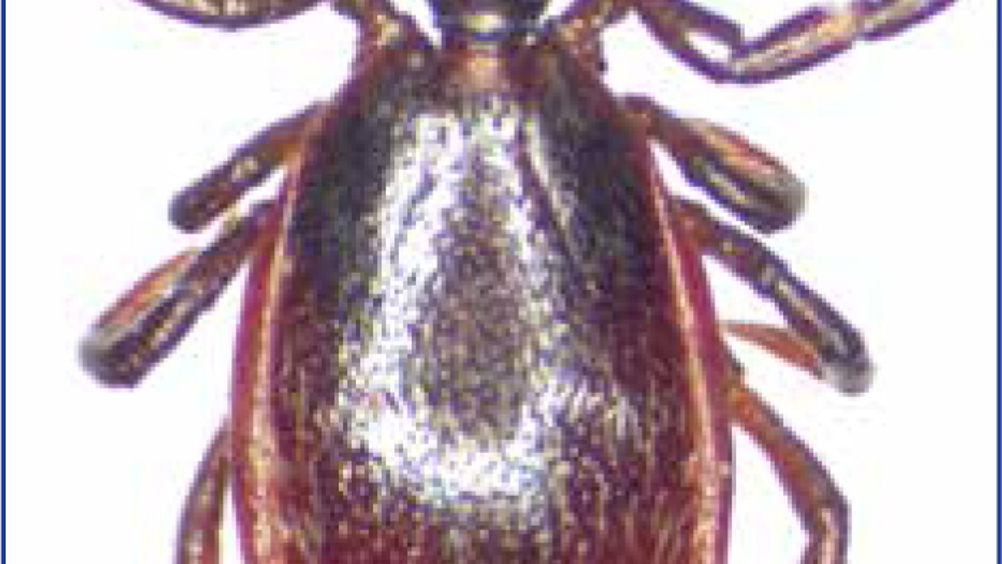References
Management of ticks and tick-borne diseases: challenges and opportunities

Abstract
As time ‘ticks’ on, concerns over an increasingly warmer climate grow. Global temperature continues to rise, and there is no question that part of the consequence is going to be increasing prevalence and geographic distribution of local tick populations. Adding to this challenge is the increasing occurrence of exotic ticks and emerging tick-borne diseases (TBDs), which impose serious threats to public health, and to the health and welfare of pets and livestock. Animals suffering from TBDs may develop life-threatening conditions if early clinical signs are not recognised and treatment has not been promptly instituted. It is therefore important to maintain a high degree of suspicion for parasitic causes when examining pets from tick-endemic areas or after travel for clinical signs consistent with one of the TBDs. Veterinary nurses (VNs) need to have a working knowledge of the clinical presentation of TBDs, as well as the required diagnostic tests and basic principles of tick control and TBD management. Protective measures are crucial as there is no ‘magic bullet’ to control TBDs, and even most of the tick-borne infections that respond to treatment remain prevalent. This article emphasises the leading role that VNs can play in implementing an effective tick and TBD management programme.
Perhaps you have come across cases of tick infestation or tick-borne disease (TBD) during clinical practice. It is possible you have heard about the growing tick problem in a seminar delivered at a veterinary congress or a continuing professional development (CPD) event. Or maybe you have read about some facts and new trends related to ticks while browsing a website, magazine, or online resource. Whichever category of knowledge-seeker you fit into, you must have discovered that ticks and TBDs are always an evolving and interesting topic — and there is a reason for this.
Current unprecedented levels of climate change — besides melting the arctic ice and raising the sea levels — will certainly influence the prevalence and geographic distribution of pests, including ticks. Hence, the increasing prevalence and distribution of tick populations, at local and global scales, are expected to continue. For example, in summer 2018, a Hyalomma species of giant tick originating in Central Asia has appeared fully grown in Sweden for the first time (The Local, 2018). Another example is the Asian long-horned tick, Haemaphysalis longicornis, which was considered the first exotic tick to enter the US for the first time in 50 years (Beard et al, 2018). These exotic ticks can spread quickly and often carry fearsome diseases.
Register now to continue reading
Thank you for visiting The Veterinary Nurse and reading some of our peer-reviewed content for veterinary professionals. To continue reading this article, please register today.

